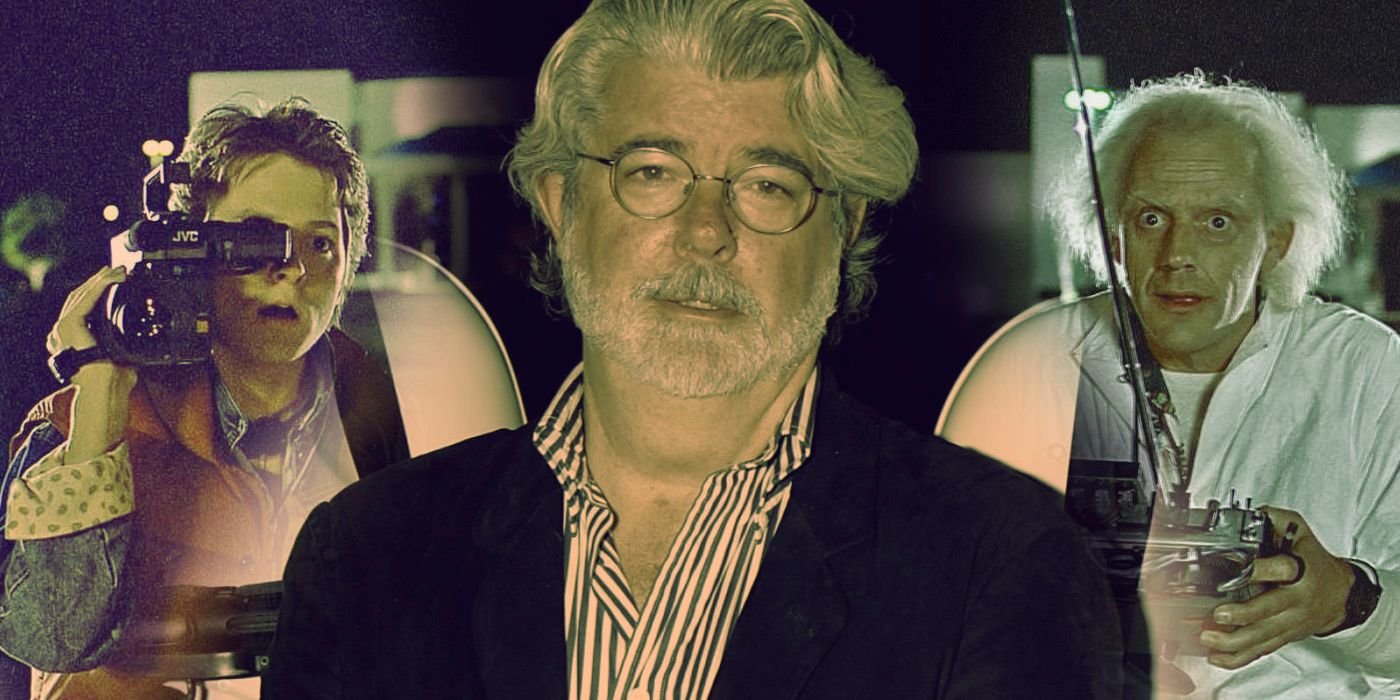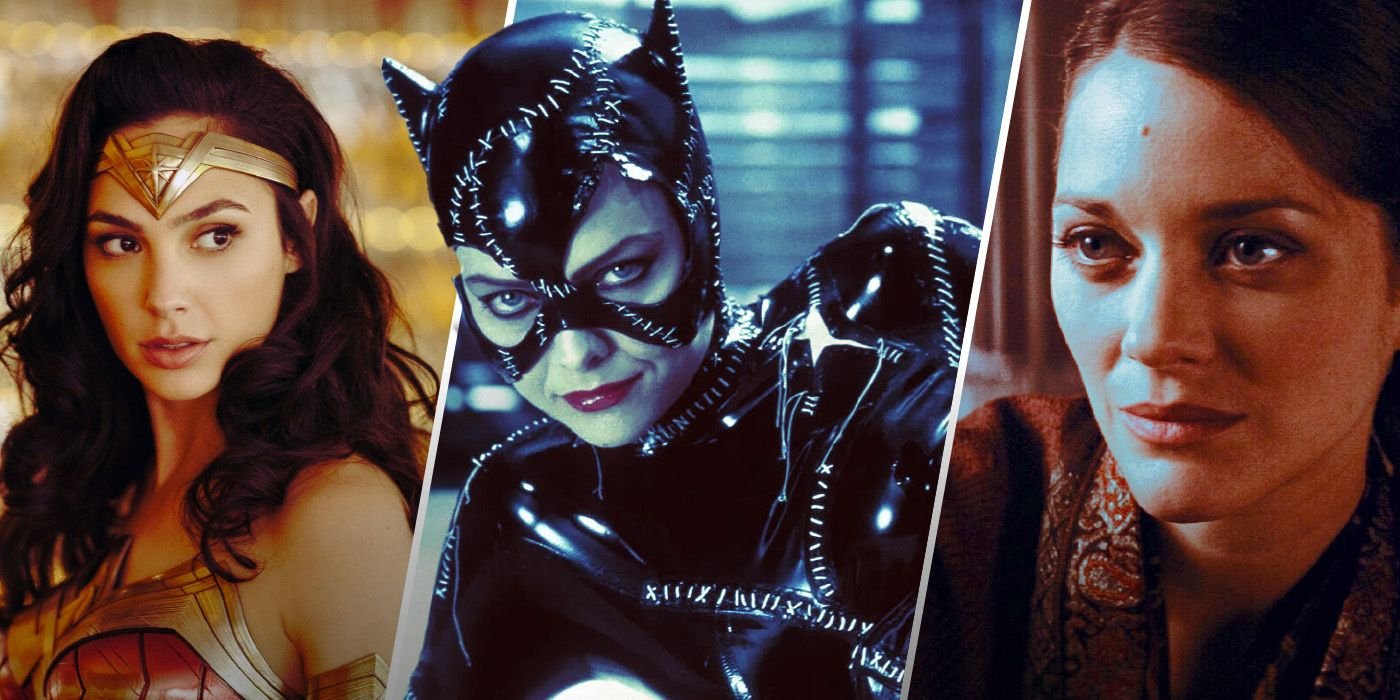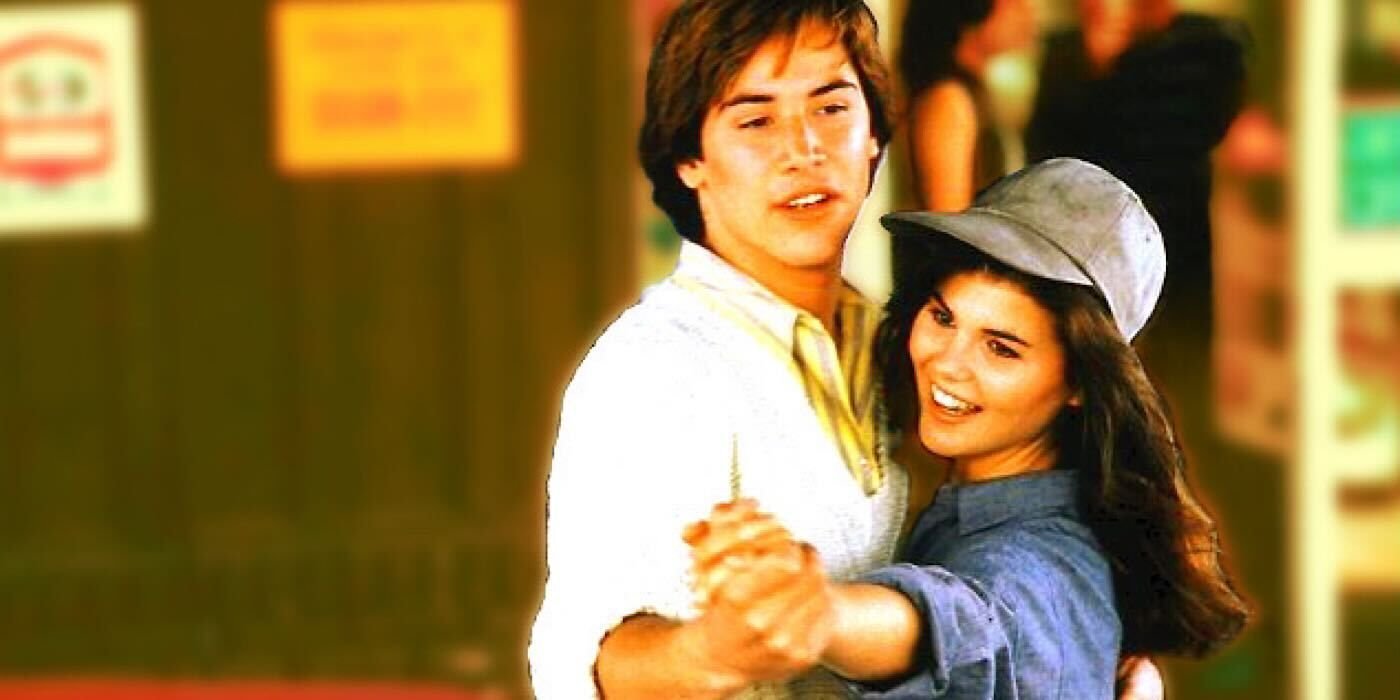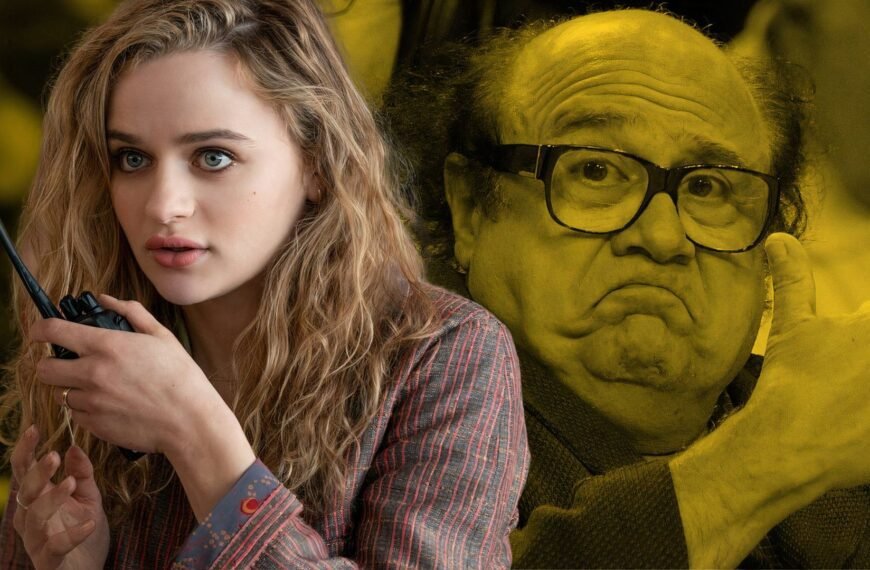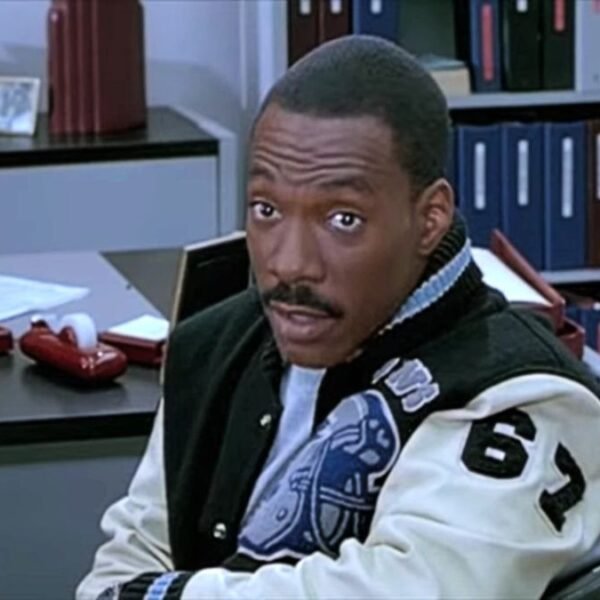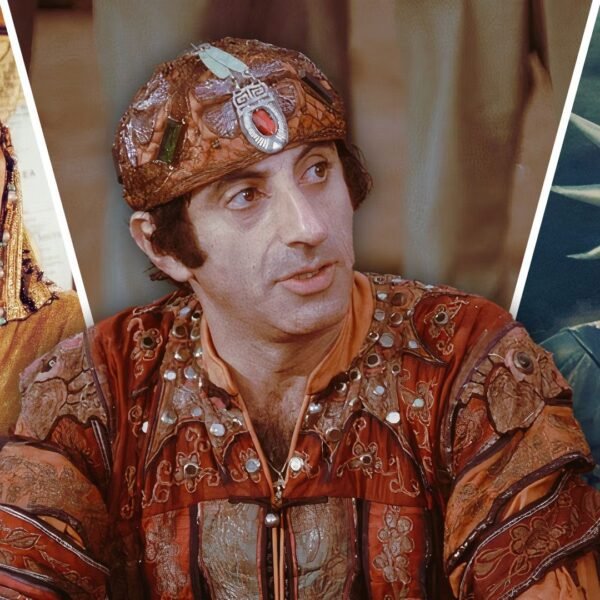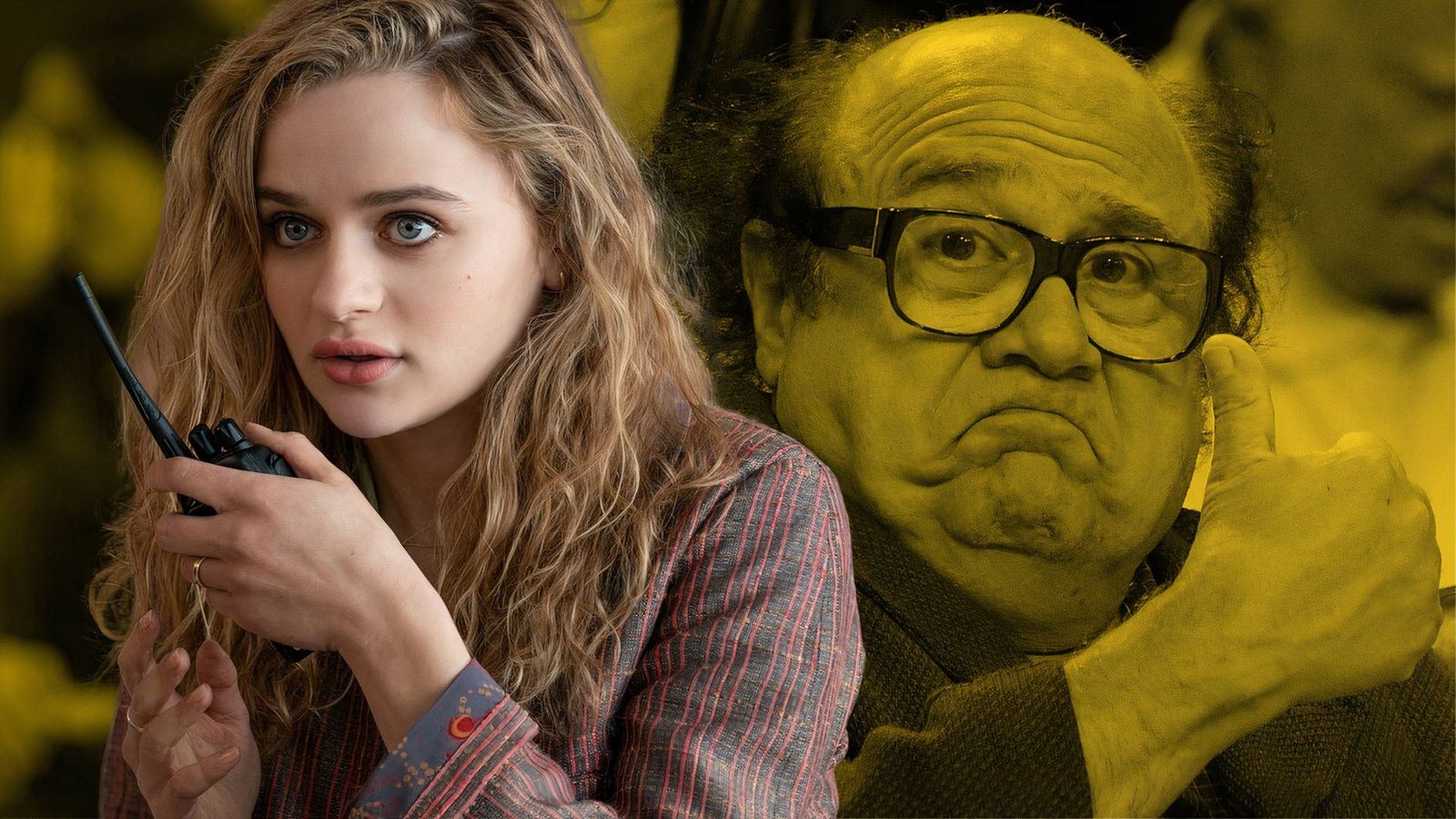Summary
- In the seventies and eighties, Hollywood studios lashed out at Sony over the Betamax recording system, fearing piracy and loss of revenue.
- The ensuing legal battle with Universal and Disney ended with the US Supreme Court ruling in Sony’s favor, spurring growth in the VCR market.
- VHS — Betamax’s rival and successor — rather than killing the movie industry, contributed greatly to studio profit, fueling the rise of movie collecting and rental stores.
Hollywood picks some bizarre enemies. This obscure chapter in entertainment history was founded on a misunderstanding of customers and was fueled by scare-mongering by those predicting no less than the demise of the industry. Arguably the best invention to hit the market in the seventies, Sony’s home video recorder, was immediately hamstrung by Universal and Disney. Yes, there existed a time when Sony was the scrappy underdog, fighting for the rights of consumers to own their media. Weird, huh?
This protracted legal skirmish only led to a temporary loss of revenue, standing in the way of a fruitful relationship between cassette manufacturers, movie studios, and third-party movie rental businesses. The corporate battle of titans wound up in front of the US Supreme Court in 1984. The fate of the home-recording market rested on the outcome of the Sony Corp. of America v. Universal City Studios, Inc. decision.
The eight-year panic was sparked over the rise of the Betamax tape system. Don’t bother Googling that, because the real impact had far more consequences for their more famous rival, the VHS tape from JVC, who was the biggest victor in the lawsuit. As hard as it is to imagine now, once upon a time, we all planned our lives around the TV Guide listings.
The consumer won … barely. It’s far more convoluted than that, but, in the simplest terms, the common good prevailed. Forty years later, it’s impossible to argue that it wasn’t a win-win for all parties. However, at the time, the matter was far from clear-cut, the very idea of fair use or consumer rights was shaky at best. If one or two of those United States Supreme Court justices weren’t sports fans, we might never have gotten Blockbuster stores, The Grudge, or the infamous $75,000 vintage Back to the Future tape. The movie industry’s worst nightmare ended up making them richer than ever.
How VHS Became Public Enemy #1
June 4, 1977, was a pivotal moment in the history of consumer media. On that day, at the Consumer Electronics Show in Chicago, tech geeks saw the first demo for JVC’s VHS (Video Home System). It would revolutionize the home entertainment experience, challenging Sony, who had launched their own project called Betamax a few years prior, itself superseding their pioneering U-Matic tape recorders from 1971. Who won (RIP, Betamax) and the pricing model ($4,600 to re-watch Charlie’s Angels reruns seems a tad steep, but people had different priorities back then) is of little importance here. What is of lasting relevance in the “format wars” is that the recording devices and storage systems were instantly identified as a threat by media companies.
Roadblocks came from the expected places. Disney and Universal filed an injunction against Sony (manufacturer of Betamax), who perceived the recordable tapes as a means of mass piracy. In the paranoia of home video players and recorders, experts theorized that VCRs would shutter theaters, cripple TV advertising revenue, and kill cable TV. The Motion Picture Association of America designated it as an existential threat that would, in time, suck dry the industry, one bootleg copy at a time. MPAA head Jack Valenti notably said in the eighties that:
“The VCR is to the American film producers and the American public as the Boston Strangler is to the woman home alone.”
Progress stalled as the dispute between Universal/Disney and Sony was tied up in legal red tape, lawyers arguing the legal ramifications of “time shifting,” an archaic term for recording. So, while the movie industry was blasting ahead in all other departments, with advances in CGI, 3-D effects, higher frame rates, and special effects in general, the end user (that’s you and me) wound up with a raw deal.
The home-viewing experience in 1983 wasn’t noticeably different from 1953, except you had color, and maybe HBO. Watching movies at home was a convenient solution for those who desired to watch movies or TV at their own pace, not plan their day’s schedule around a theater’s showings or the network’s whims.
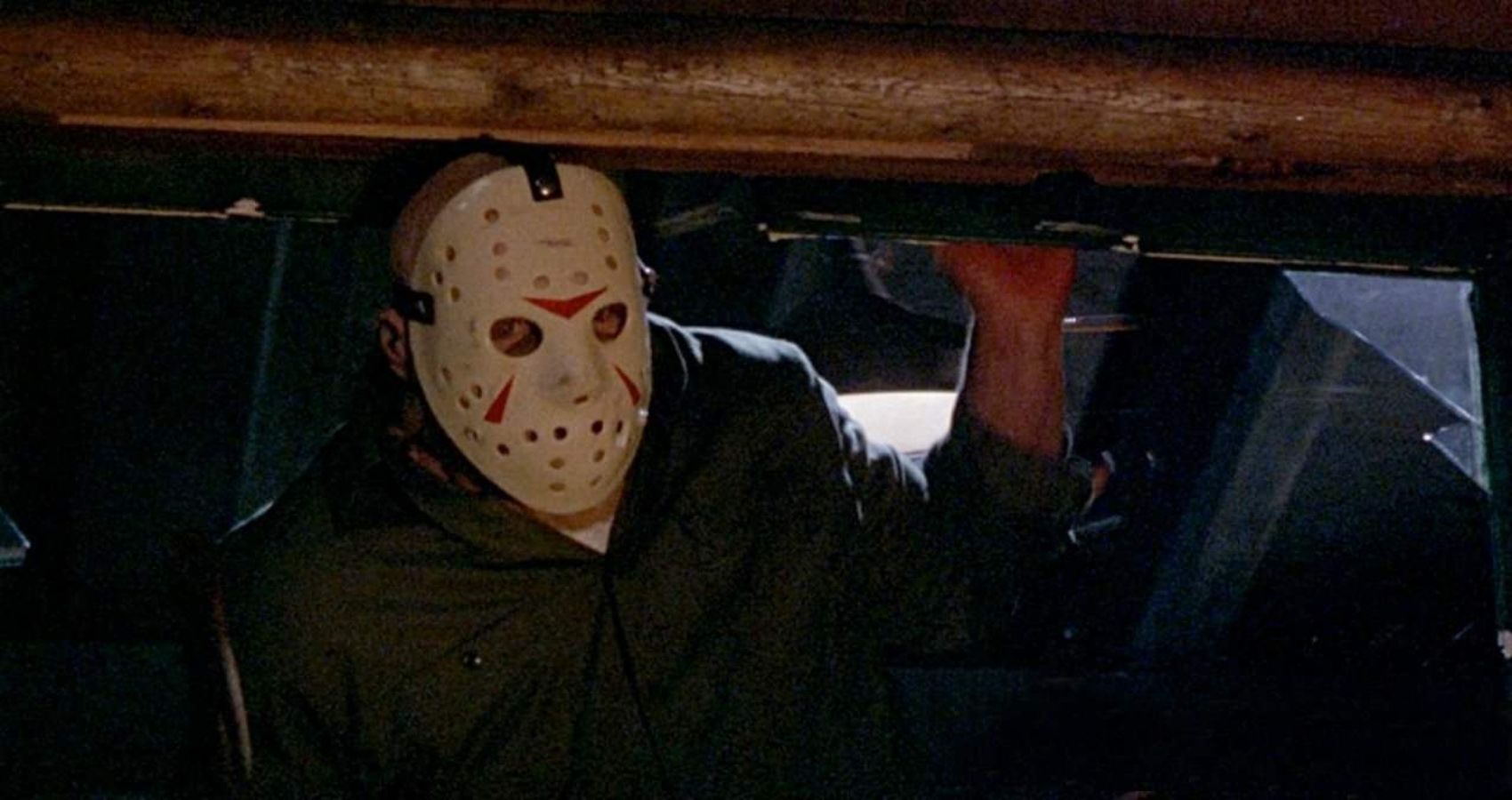
’80s Horror Movies that Used 3D Technology
3D films experienced a massive resurgence in the ’80s. Here are some horror films from that time that used 3D in that wave.
Showdown in Washington DC
Witnesses offered their testimony, ranging from professional sports commissioners, consumers who owned the Betamax machines, copyright experts, and educational advocates such as Fred Rogers. Surveys were also introduced as evidence to give a deeper perspective on the home media lifestyle and consumption patterns, indicating that time shifting didn’t affect the profitability of licensed shows and movies. With a narrow margin of 5-4, the court favored Sony, finding that the technology did not infringe on copyright holders.
One of the major points of contention ultimately looks quite comical to us in the modern day. A prominent argument insisted that recording shows off TV was tantamount to pirating, pivoting on the premise that viewers were all “building a library of cassettes.” Never mind that the average life span of a VHS tape is the same as a guinea pig, each one with an effective expiration date as tapes deteriorated per viewing due to a litany of design flaws. Sony nor JVC were dying to reveal that Betamax/VHS were less-than-ideal methods of physical media storage even if it helped their case.
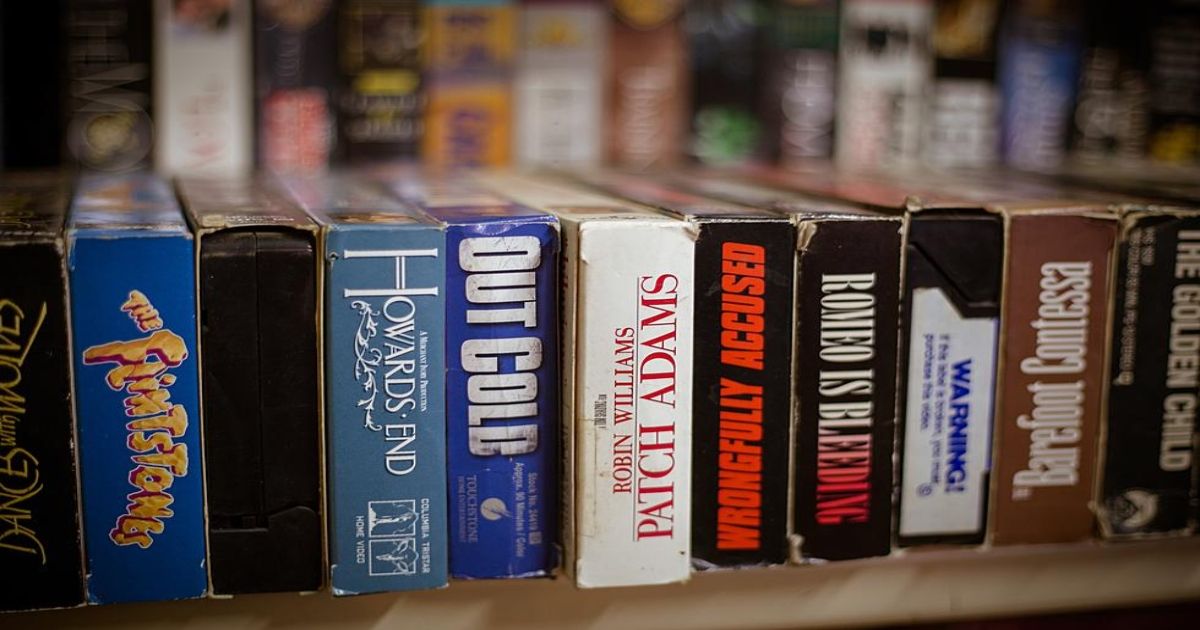


VHS Resurrection: Why Some Tapes Are Selling for Thousands
The seemingly archaic piece of physical media is making a comeback. Here’s why some tapes are currently selling for thousands.
Regardless, the weaknesses of Universal/Disney’s case were becoming more obvious in light of the fact “that 96% of the Betamax owners had used the machine to record programs they otherwise would have missed.” I.e. the VCRs, Betamax, and VHS were used more out of convenience, not out of a burning desire of people to pirate copies of The A-Team to sell out of the trunk of their car.
In what amounted to a judicial shrugging of their shoulders, the highest court in the US intimated in their ruling that if the majority of those copyright holders were fine with the idea (or even endorsed the practice of time-shifting, as in the case of The Public Broadcasting System and National Football League), there was little reason to make an exception for one or two hold outs interfering with a burgeoning, lucrative technology.
Did This Legal Precedent Ruin the Movie Studios?
Nope. Not even close. None of the doom and gloom predictions came true, though some niche theaters showing only classic and foreign films did close down in the LA area, based on AP reports in 1985. Had these companies simply let the home recording experiment play out, they would have been wallowing in the windfall at least five years earlier. Instead, they had to wait to hit the big payday.
People didn’t simply want VCRs to record inferior versions of the network programming and licensed movies, but to also watch the official, superior versions of those films, even at inflated prices. A floundering Disney made a killing off of home rentals and video sales. The Olsen Twins were millionaires by the age of 10 thanks largely to direct-to-video sales.
When you factor in all the additional TV programs that VCR recording allowed the populace to view, the cassette-tape trend had a profound impact on not just how we watched media, but how we perceived it. Overnight, the idea of VHS/DVD box sets and collecting movies took off in the mainstream. Long after the death of the finicky VHS tape, the craze over the bulky plastic blocks never stopped.
By 1990, the movie industry was generating more revenue from the ancillary sale of VHS tapes than it did from movie tickets. Hollywood didn’t need to suffer so that consumers could get what they wanted. Studios learned that fans will pay money to see a film they like to watch at their leisure. Box-office bombs were gifted a new lease on life and a bit of respect, rebranded as quirky “cult classics,” recouping their budget one $4.99 purchase at Walmart at a time.
No longer did a flop mean that the film was doomed to be in the red forever. Soon, new editions of blockbusters were wheeled out to satiate fans’ desire for new versions, director’s edits, extra footage, interviews, featurettes, trailers, and whatever voodoo George Lucas was peddling when he re-released the Star Wars trilogy in 1997 as the “Special Edition.” Studios weren’t merely converts, they were slaves to the idea of VHS, and later DVD/Blu-ray editions.
With the precarious state of digital media ownership rights today, the revolution came at exactly the right time.


